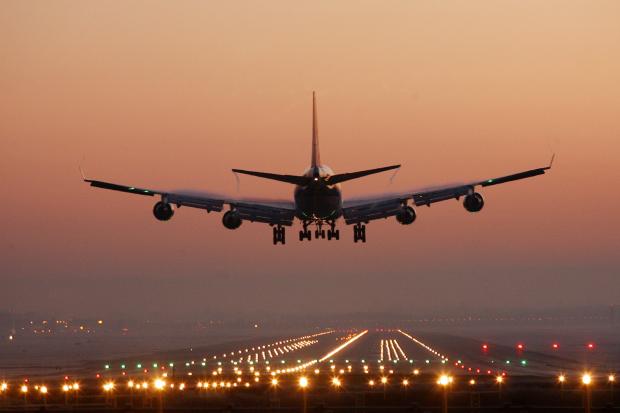Ghana’s Aviation Safety Best In Africa
- Home
- Ghana’s Aviation Safety Best In Africa

Ghana’s Aviation Safety Best In Africa
 The International Civil Aviation Organisation (ICAO) has rated Ghana’s aviation safety as the best in Africa after a safety audit of the country’s aviation sector this year.
The International Civil Aviation Organisation (ICAO) has rated Ghana’s aviation safety as the best in Africa after a safety audit of the country’s aviation sector this year.
Ghana obtained Africa’s highest score in Aviation Safety Oversight after it received the Effective Implementation rate of 89.89 per cent after the ICAO had concluded its Coordinated Validation Mission in April this year.
The audit covered Ghana’s safety oversight system on all eight ICAO critical elements, including primary aviation legislation, state operating regulations and state civil aviation system, safety functions and technical personnel qualification and training.
Event
Ghana’s performance was acknowledged at the opening of the 22nd meeting of the Africa and Indian Ocean (AFI) Planning and Implementation Regional Group and the fifth meeting of the AFI Regional Aviation Safety Group (RASG) in Accra.
The five-day meeting attracted more than 200 participants from across the region, as well as aircraft manufacturers from the United States and Europe.
With the rest of the continent recording an average of 52 per cent, which is lower than the ICAO’s current minimum target of 60 per cent, the Chairman of RASG-AFI, Mr Levers Mabaso, said Ghana’s feat demonstrated a good example of how fruitful implementing decisions and conclusions reached at the group’s meeting could be.
“If Ghana can move from position 15 in Africa to position one in the status of implementation in the whole of Africa, it is through such initiatives that we are able to achieve that,” he added.
Advice
Mr Mabaso, however, advised Ghana not to be complacent but work harder to become the best in the world, as “being number one comes with a lot of responsibilities because South Africa was number one for some time and then relaxed for a while”.
He also urged leaders across the continent not to see aviation as a competing interest with other sectors in the allocation of limited resources because the sector was an investment that was an economic enabler.
Commitment
The Minister of Aviation, Mr Joseph Kofi Adda, attributed the country’s performance to the government’s commitment and support to the sector, coupled with the dedication and professionalism exhibited by the management and staff of the aviation sector.
“As part of measures to continuously improve safety and security in Ghana, the government is committed to collaborating with stakeholders in the aviation industry and also providing resources and policy direction to achieve Ghana’s vision of becoming the aviation hub in the sub-region,” he added.
Infrastructure deficit
According to aviation experts, airport infrastructure in most African countries were outdated and not built to serve the growing volume of passengers or cargo.
Airlines and airports are often managed by government entities or regulatory bodies, yet modernising infrastructure and operations requires both investment and expertise, ideally from public-private partnerships.
In that regard, a representative of the Secretary General of the African Civil Aviation Commission, Mr Papa Atoumane Fall, said Africa’s airports and navigation systems had infrastructural gaps that must be addressed in order to become competitive in the global space, as well as contribute to the development of African economies.
For his part, the Director-General of the Ghana Civil Aviation Authority, Mr Simon Allotey, said with the Africa Single Air Transport Market Policy still under discussion to make air travel easier across the continent, Africa needed partnerships to drive progress in the aviation sector.
“Africa must put aside political, sovereign and cultural considerations and create the needed synergies to ensure capacity and infrastructure optimisation, efficiency and enhanced operational safety in our air transport service delivery,” he added.
Source: graphic.com.gh
- Share
Classic Ghana
Classic Ghana brings you into a fun world of arts, entertainment, fashion, beauty, photography, culture and all things in between. Let’s explore these together!







